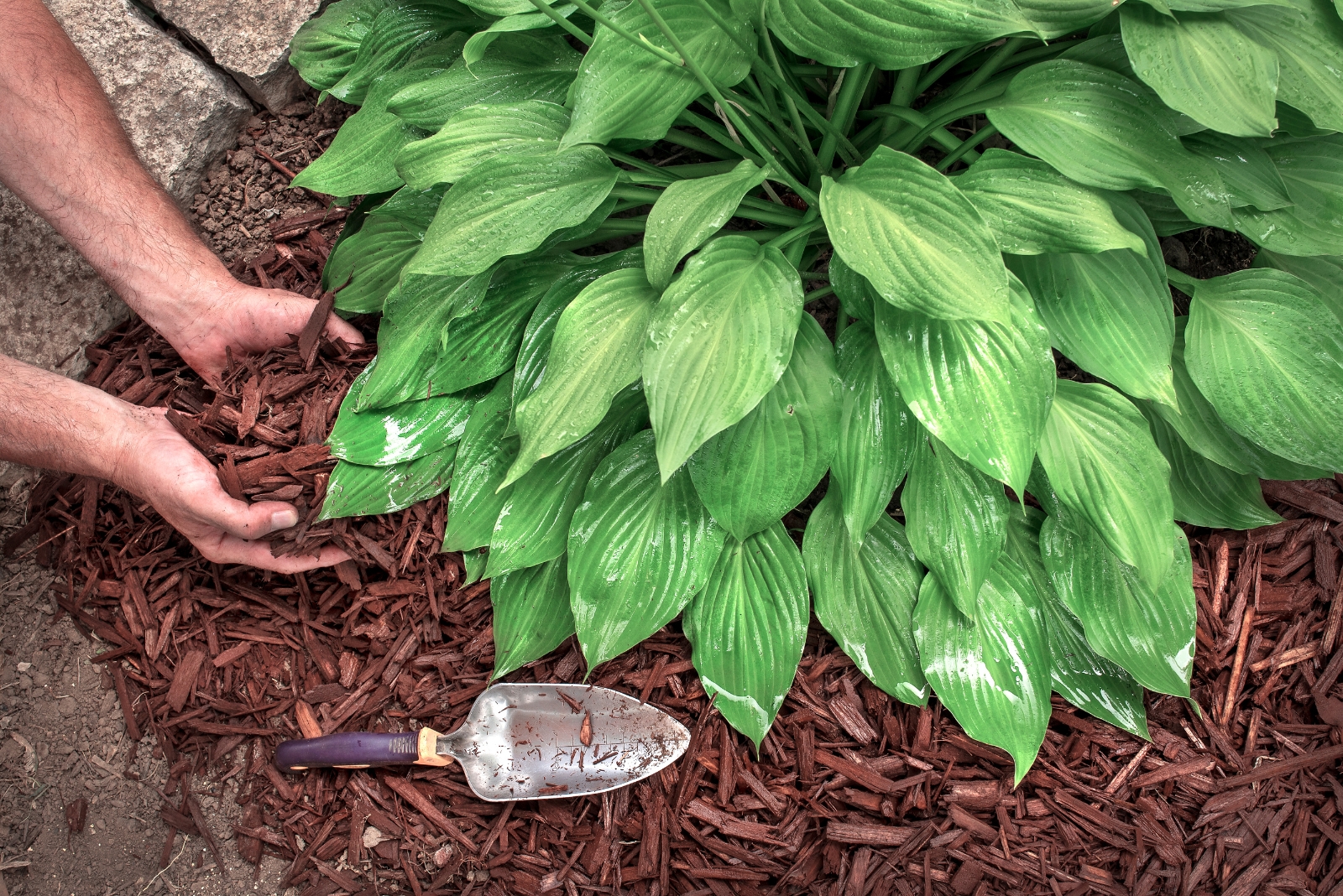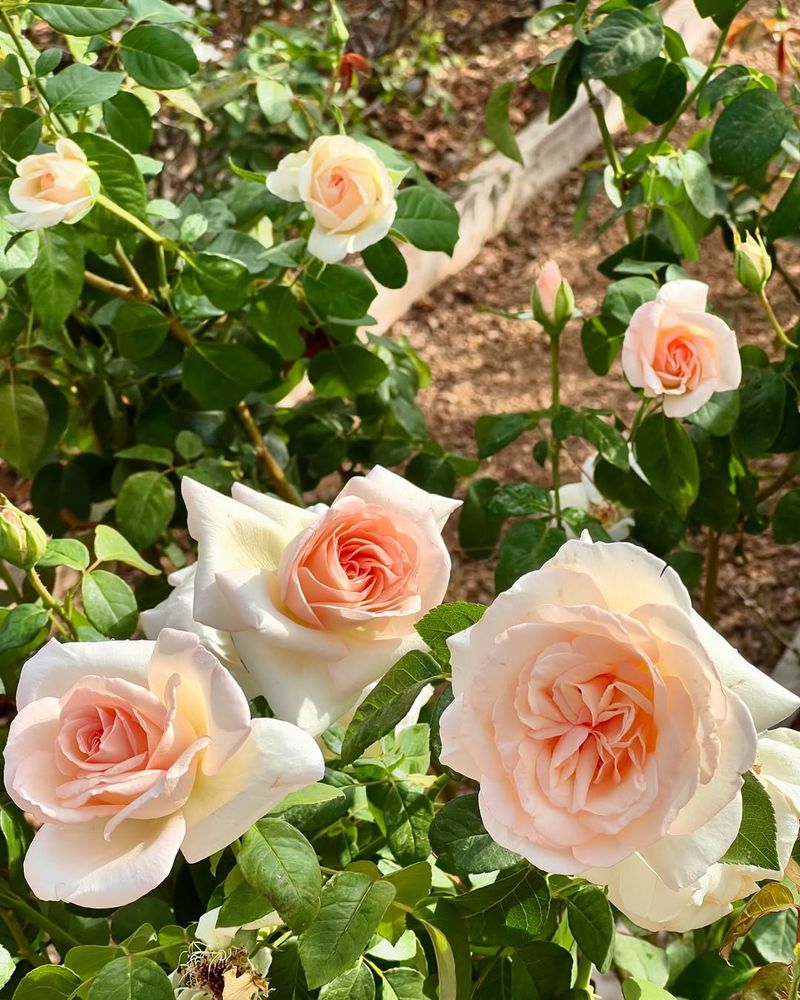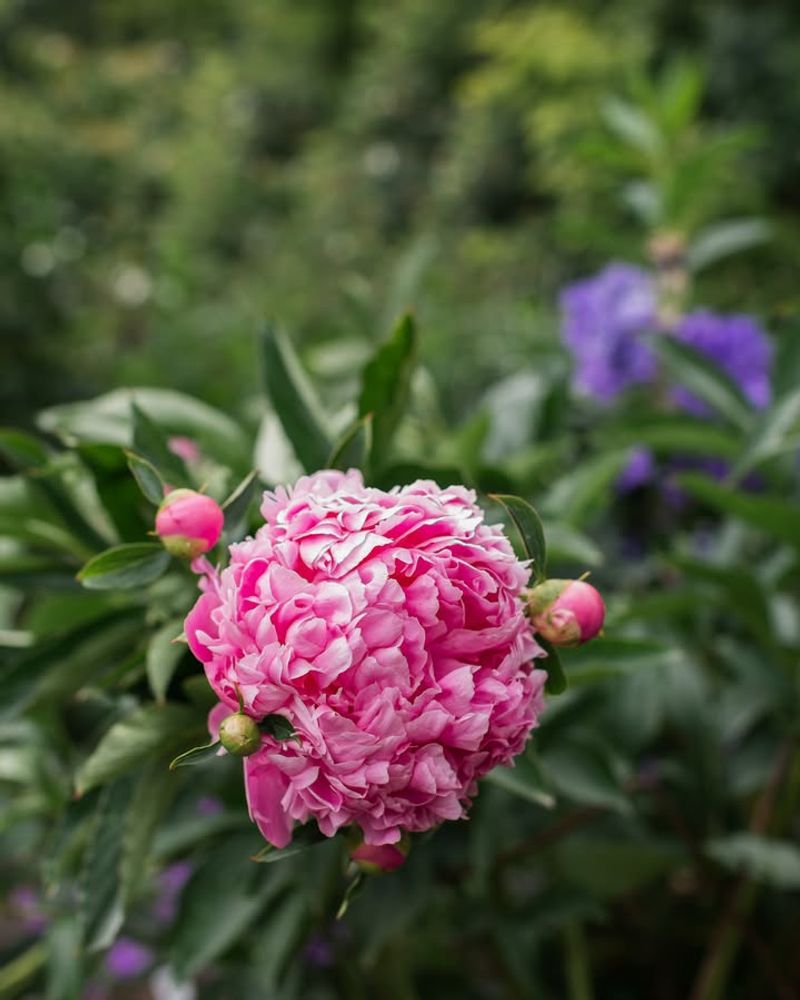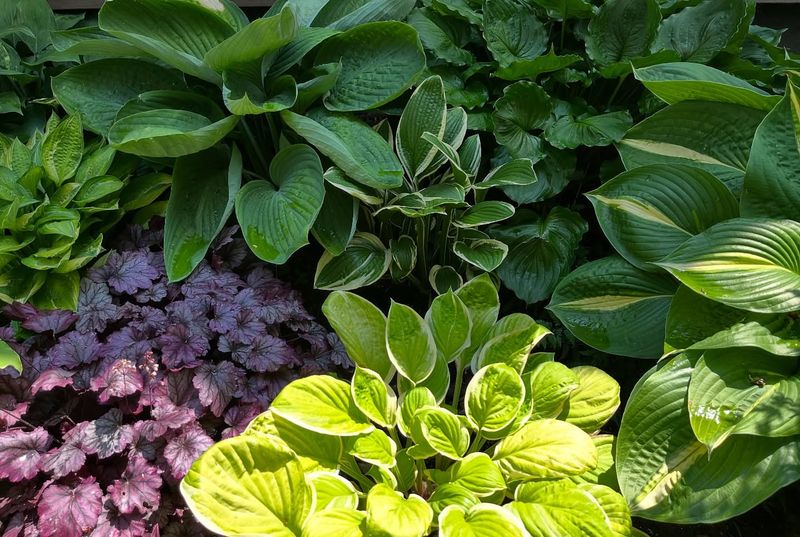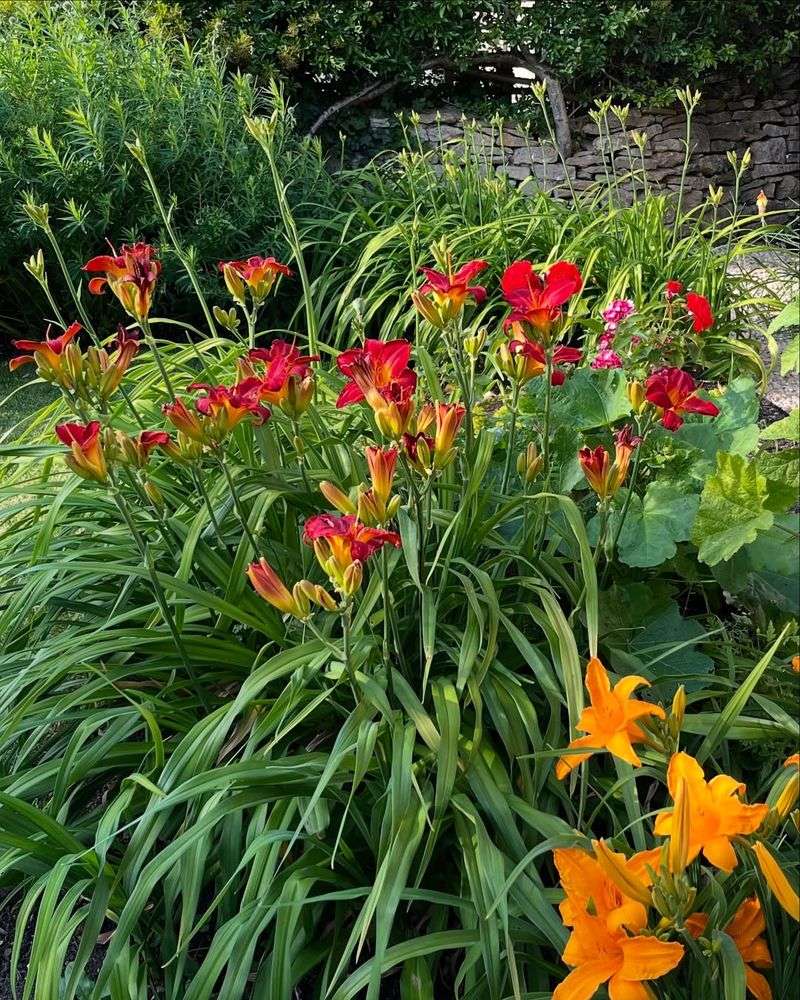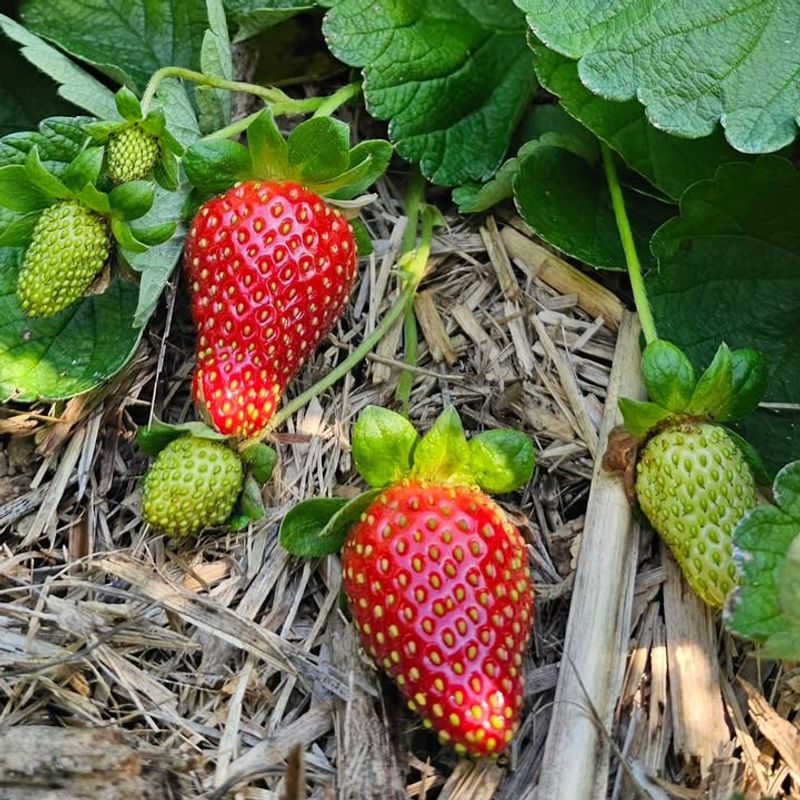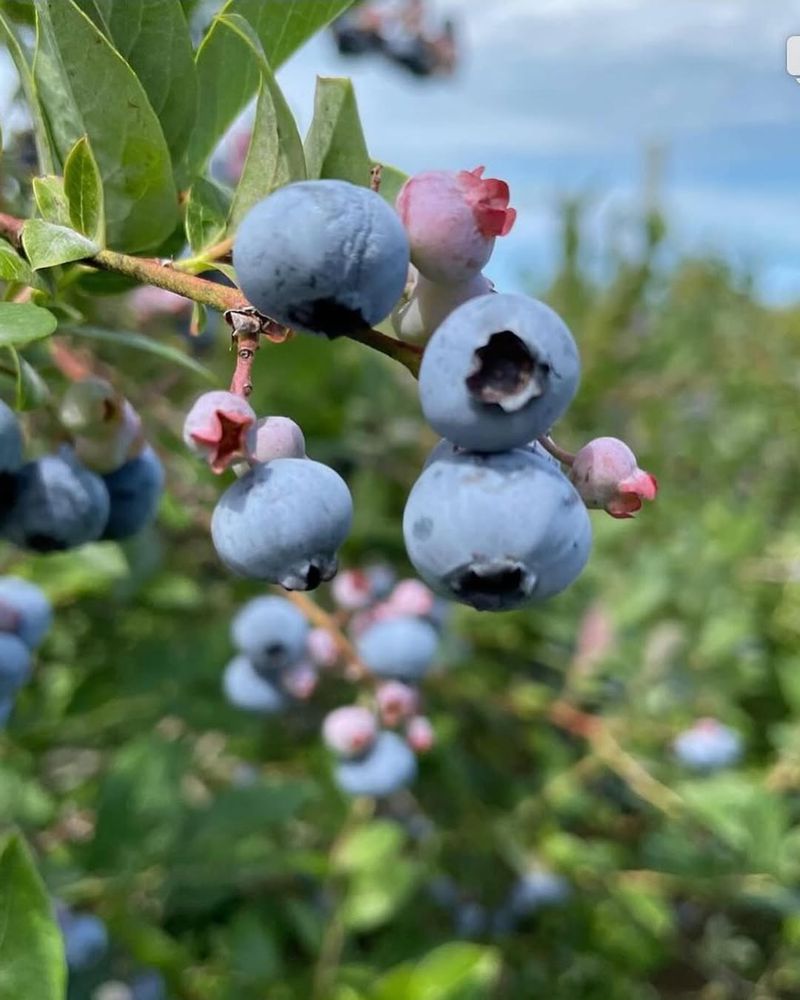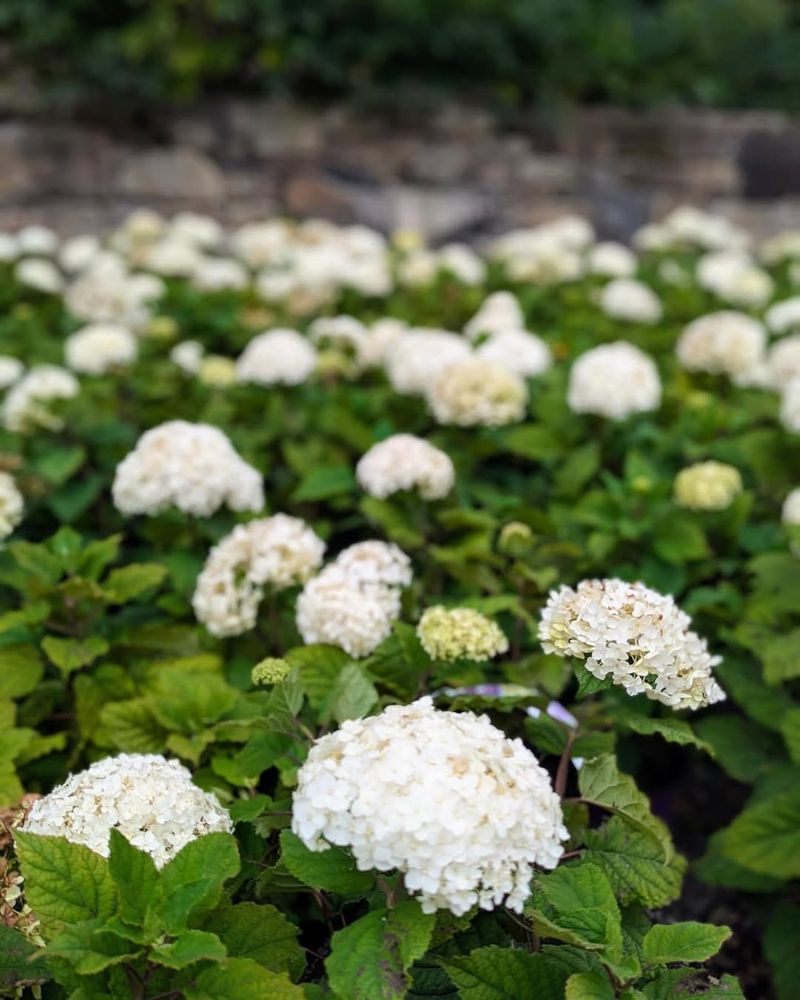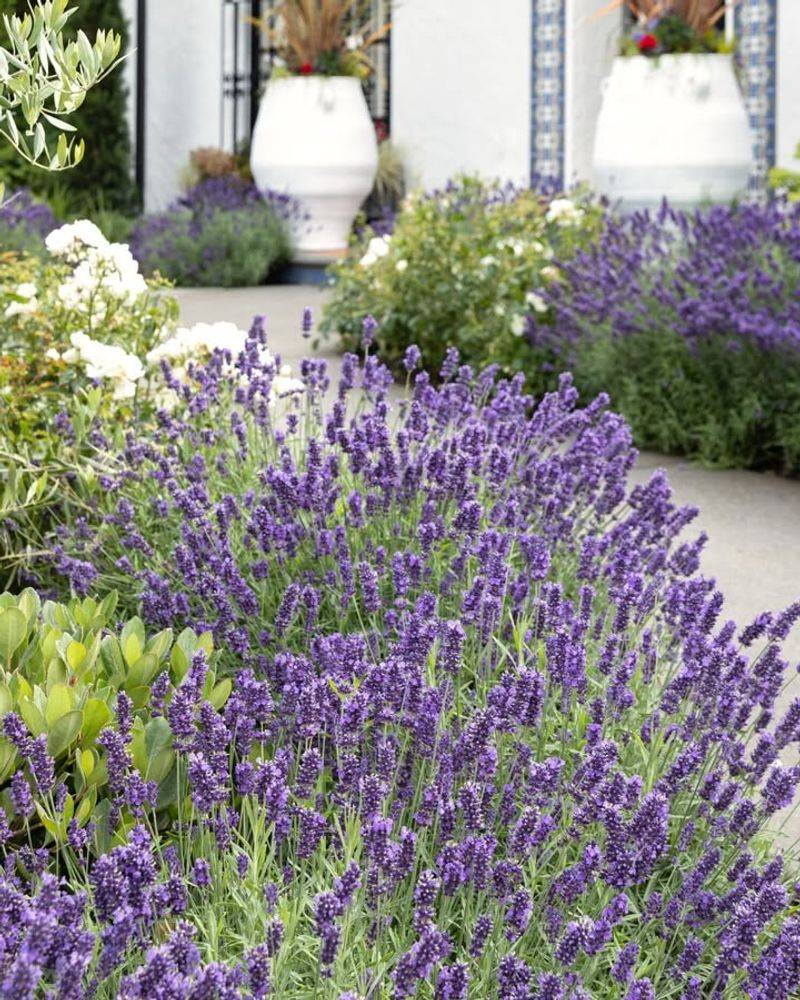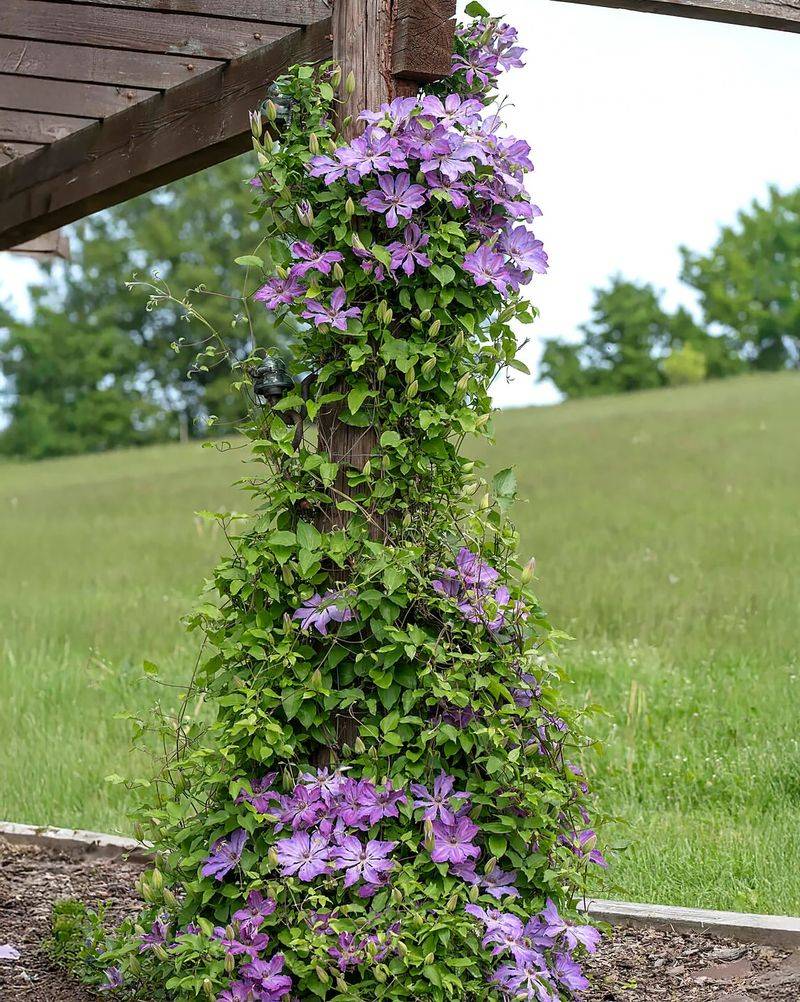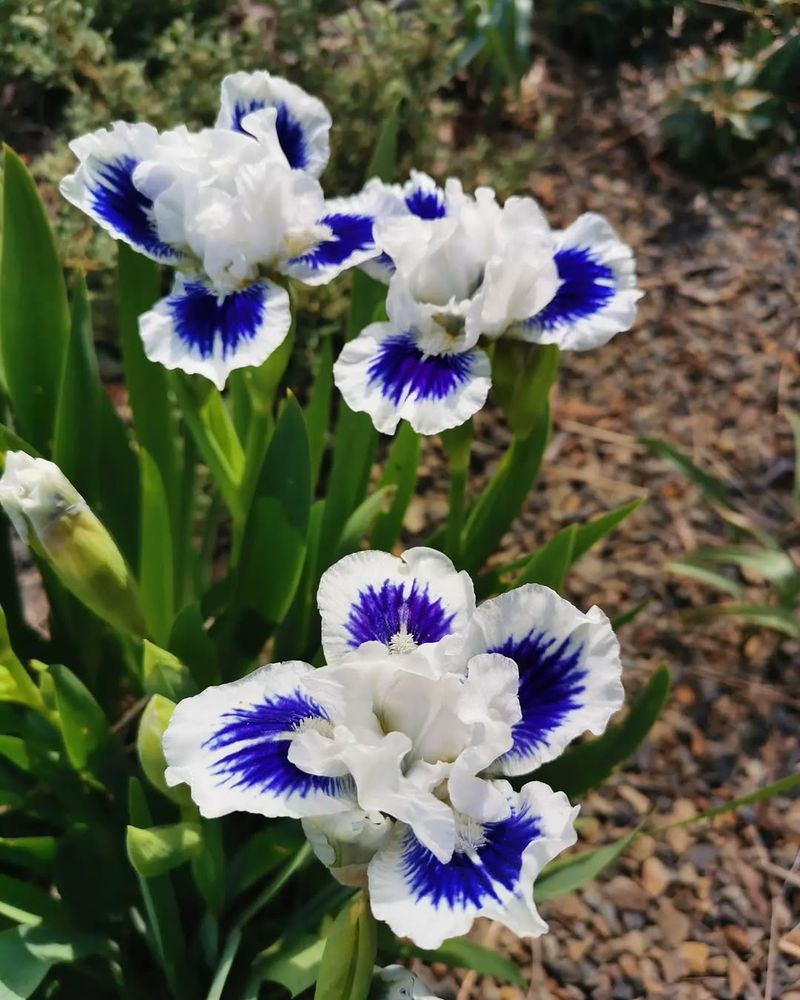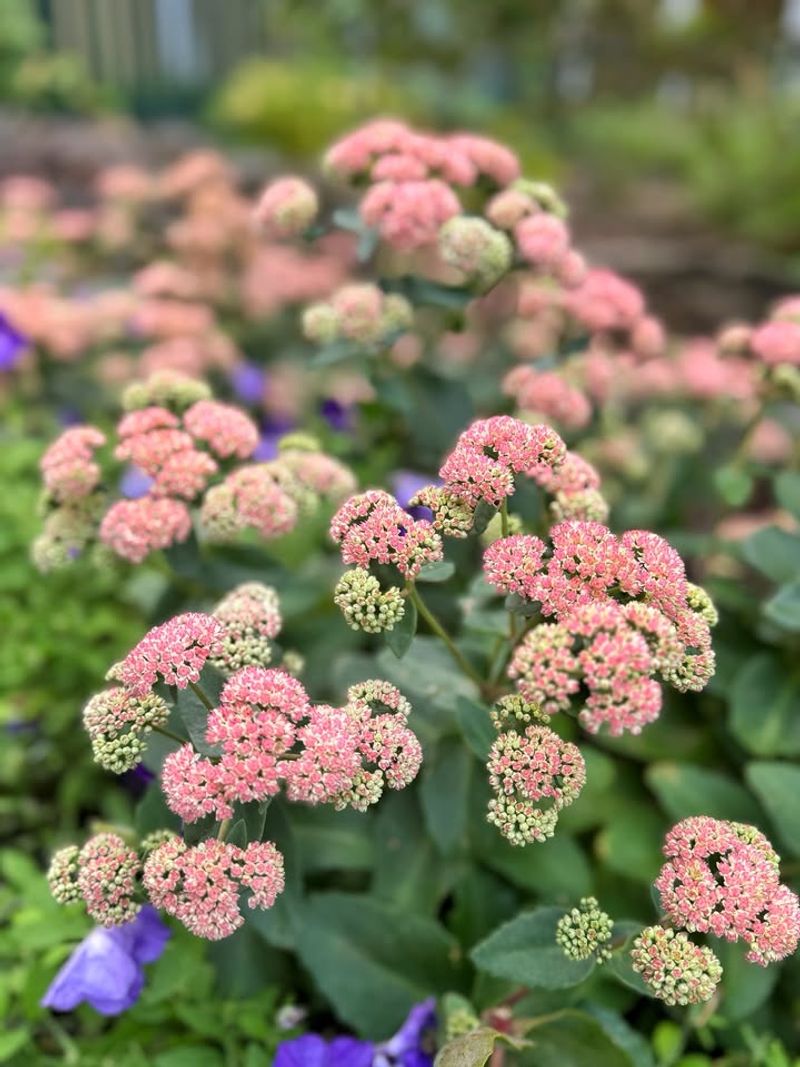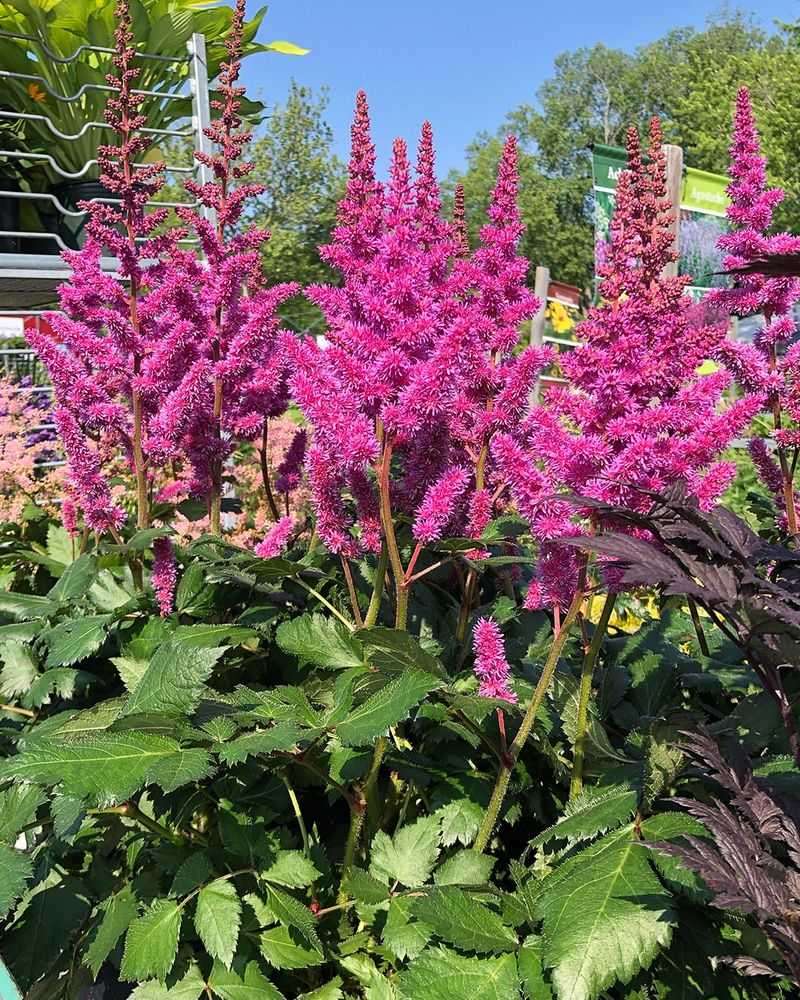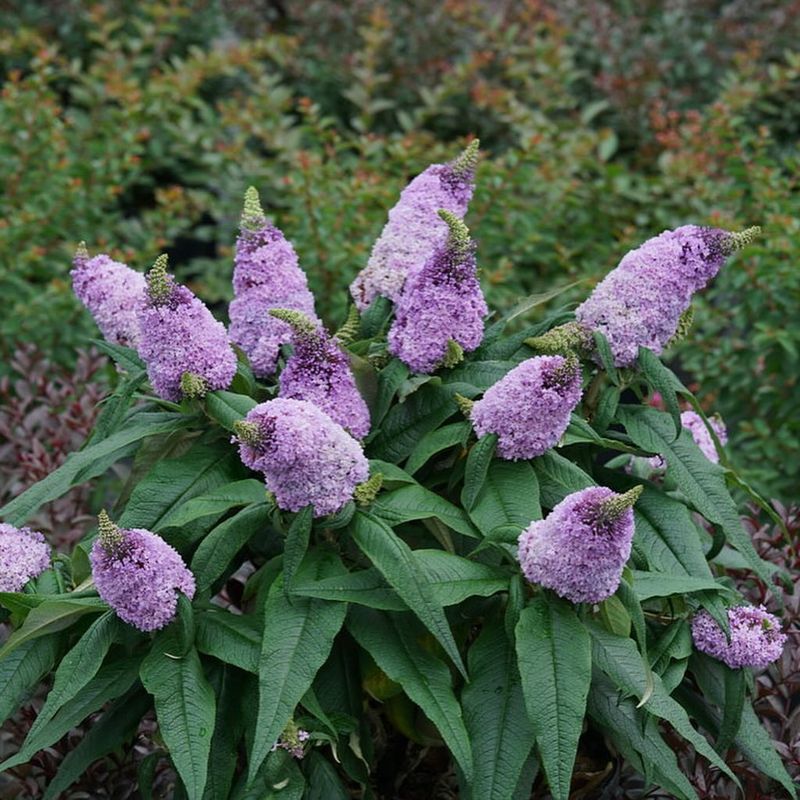As autumn paints Ohio in shades of gold and crimson, it’s time to tuck your garden in for its long winter’s nap.
A little mulch now can make all the difference later — keeping roots cozy, moisture locked in, and frost at bay. Here are 13 plants that will thank you for the extra blanket this October.
1. Roses
Roses are beloved for their stunning blooms, but their roots are surprisingly sensitive to cold snaps. When temperatures drop below freezing, unmulched rose bushes can suffer serious damage that affects next year’s flowers.
Apply a thick layer of shredded bark or compost around the base, keeping it a few inches away from the stems. This creates an insulating blanket that maintains steady soil temperatures.
Hybrid tea roses especially benefit from this protection in Ohio’s unpredictable autumn weather.
2. Peonies
Did you know peonies can live for over 100 years with proper care? Protecting their roots in October in your Ohio garden ensures these perennials return year after year with spectacular blooms.
After the foliage dies back, spread a 2-3 inch layer of organic mulch over the root zone. Avoid piling it directly against the crown, as this can encourage rot.
Peonies need consistent winter protection because their shallow roots are vulnerable to freeze-thaw cycles that heave plants out of the ground.
3. Hostas
Hostas might look tough with their large leaves, but their root systems appreciate a cozy blanket before winter arrives. Once Ohio frost blackens the foliage, cut it back and apply mulch generously.
Leaf mold or shredded leaves work wonderfully for hostas, mimicking their natural woodland habitat. Spread a 3-4 inch layer across the entire planting area.
Mulching prevents soil from freezing too deeply, which could damage the dormant buds that produce next spring’s beautiful leaves.
4. Daylilies
Even though daylilies are considered low-maintenance, they still reward you with better blooms when their roots stay protected through winter. October mulching prevents the soil from experiencing dramatic temperature swings.
Use wood chips or composted materials, spreading them 2-3 inches deep around each clump. Keep the mulch slightly away from the crown to prevent moisture buildup.
Well-mulched daylilies emerge stronger in spring, producing more flower stalks and healthier foliage throughout the growing season.
5. Strawberries
Strawberries earned their name partly because straw makes such excellent mulch for them! Protecting these fruiting plants in October ensures a sweet harvest next summer.
Wait until after a few light Ohio frosts before applying straw or pine needles. Cover the plants completely with a 3-4 inch layer, which insulates the crowns from harsh temperatures.
Without proper mulching, strawberry crowns can die during extreme cold snaps, leaving you with empty beds instead of delicious berries come June.
6. Blueberry Bushes
Blueberry bushes have shallow, fibrous roots that absolutely need protection from Ohio’s freezing winters. Their root systems grow close to the surface, making them especially vulnerable to frost damage.
Pine bark or pine needles make ideal mulch because they maintain the acidic soil blueberries love. Apply a generous 4-inch layer around each bush, extending out to the drip line.
Properly mulched bushes not only survive winter better but also produce larger, juicier berries the following season.
7. Hydrangeas
With their spectacular flower heads, hydrangeas deserve special attention before Ohio winter sets in. Many varieties, especially the bigleaf types, form next year’s flower buds in fall, making root protection crucial.
Mound mulch around the base of each plant, creating a protective dome 6-8 inches high. Use shredded leaves or bark mulch for best results.
Mulching helps prevent the freeze-thaw cycles that can kill those precious flower buds, ensuring you’ll enjoy gorgeous blooms next summer.
8. Lavender
Lavender might thrive in Mediterranean climates, but Ohio-grown plants need extra help surviving cold winters. Their woody stems and roots can suffer damage when temperatures plummet without warning.
Apply a lighter layer of mulch compared to other plants—just 1-2 inches of gravel or coarse sand mixed with organic material. Too much moisture-retaining mulch can actually harm lavender.
Good drainage combined with root insulation gives lavender the best chance of returning with fragrant blooms next season.
9. Clematis Vines
Ohio gardeners often say clematis likes its head in the sun and feet in the shade, and October mulching provides that cool, protected root zone. Without mulch, these climbing beauties can struggle through harsh winters.
Spread 3-4 inches of compost or shredded bark around the base, covering an area about 2 feet in diameter. This protects the crown where new shoots emerge.
Well-protected clematis vines bounce back vigorously in spring, producing those stunning flowers that climb fences and trellises all summer long.
10. Iris
Bearded iris have those thick rhizomes that sit partially above ground, making them look tough as nails. However, Ohio extreme temperature fluctuations can still damage them without proper protection.
Apply a light 1-2 inch layer of mulch around the rhizomes, being careful not to completely bury them. Too much mulch can trap moisture and cause rot.
Mulching prevents the soil from heaving during freeze-thaw cycles, which can push rhizomes out of the ground and expose them to deadly cold.
11. Sedum
Sedum varieties like Autumn Joy look fantastic even after Ohio frost, with their rusty flower heads adding winter interest. But don’t let their hardy appearance fool you—their roots still appreciate mulch protection.
A thin 1-2 inch layer of compost or shredded leaves works perfectly for these succulents. Avoid heavy, moisture-retaining mulches that could cause crown rot.
Mulched sedums emerge earlier in spring and grow more vigorously, creating those thick, lush clumps that look amazing in borders and rock gardens.
12. Astilbe
Astilbe’s feathery plumes bring elegance to shady Ohio gardens, but their roots need consistent moisture and temperature—something October mulching provides beautifully. These shade-lovers have relatively shallow root systems that freeze quickly.
After cutting back dead foliage, apply 3-4 inches of leaf mold or compost around each plant. This mimics the forest floor conditions astilbe naturally prefers.
Proper mulching prevents winter desiccation and frost heaving, ensuring your astilbe returns with those gorgeous, colorful flower plumes that brighten shaded spots.
13. Butterfly Bush
Butterfly bushes attract beautiful pollinators all summer, but they’re not fully cold-hardy in all parts of Ohio. Mounding mulch around the base gives them the best shot at surviving winter.
Create a protective mound 8-10 inches high around the crown using shredded bark or leaves. This insulates the most critical part of the plant where new growth emerges.
Even if the top growth dies back, well-mulched roots often survive and send up fresh shoots in spring, ready to host butterflies once again.

